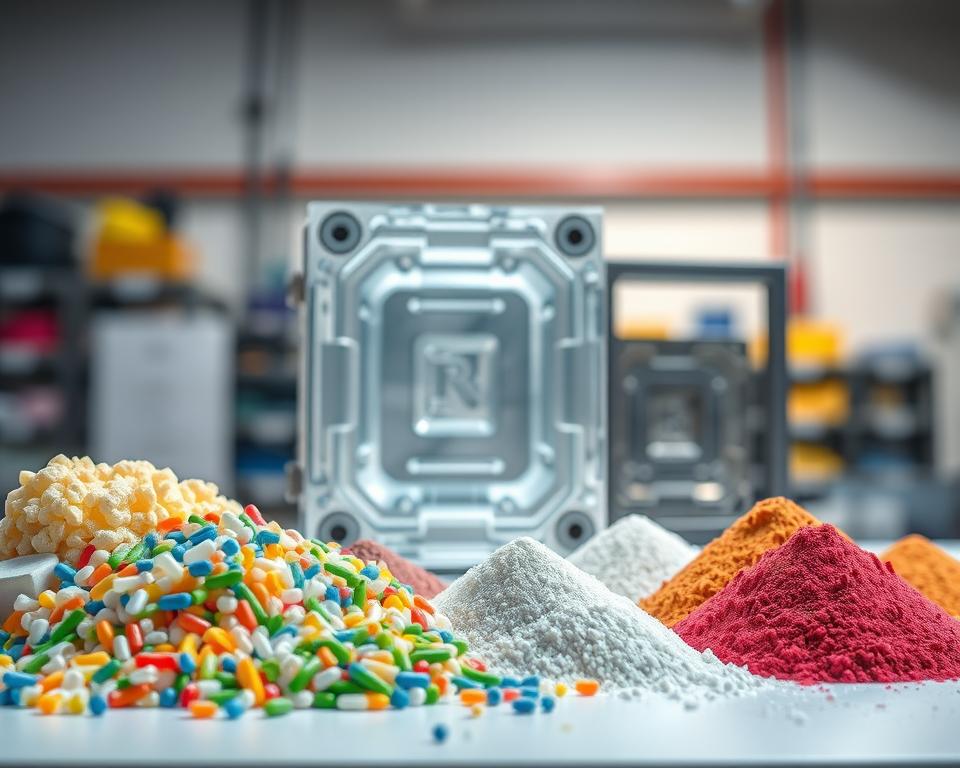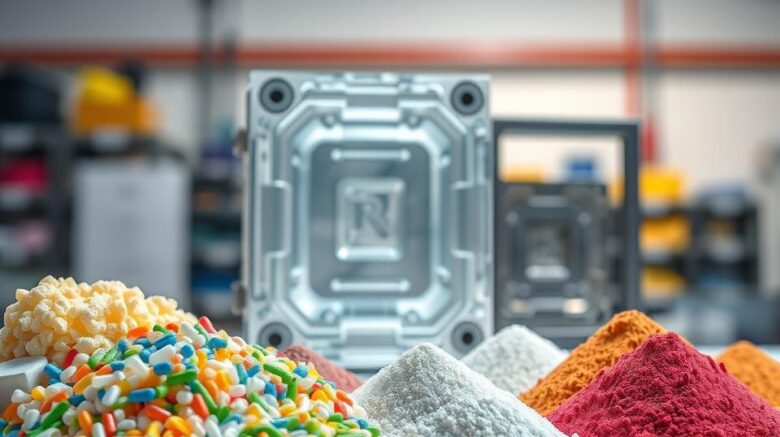China Injection Molding Sourcing: A Complete Guide
Well, the major meeting has just concluded. your new product has been approved, the timeline is aggressive, and the budget is, let’s say, constrained.. And suddenly someone—perhaps your superior or the finance head—says the fateful words that make any project manager’s heart skip a beat: “We should look at sourcing this from China.”
Naturally, you agree. It makes sense on paper. The cost savings can be huge. But your mind is already racing. You’ve heard the stories, haven’t you? Quality failures, endless communication gaps, shipments arriving months late and nothing like the prototype. It can feel like you’re being asked to walk a tightrope between landing a huge cost win for the company and steering your project straight into a ditch.
However, here’s the reality. Sourcing plastic mold company doesn’t have to be a gamble. It’s simply another project with clear steps. And its outcome hinges on the approach you take. It’s not just about the lowest bid but selecting the best partner and overseeing every step. Forget the horror stories. Here’s a practical playbook to nail it.

First Things First: Your Homework
Before searching suppliers or opening Alibaba, nail down your requirements. In fact, most overseas manufacturing headaches stem from a vague or incomplete RFQ. You cannot expect overseas partners to interpret your unspoken requirements. It’s akin to asking someone to price-build “a structure” with no details. The replies will range from absurdly low to exorbitant, none of which help.
Aim to craft an RFQ package so precise and comprehensive it leaves no room for error. This package is your project’s foundation.
So, what goes in it?
First, your 3D CAD files. They’re essential. Use standard formats such as STEP or IGS to ensure compatibility. This is the master blueprint for your part’s geometry.
But 3D isn’t enough. Include precise 2D engineering drawings. This is where you call out the stuff that a 3D model can’t communicate. Think tolerances, material grades, finish specs, and any feature-critical notes. Call out smooth surfaces or precision hole sizes in big, bold notation.
After that, material choice. Don’t just say “Plastic.” Nor just “ABS.” Get precise. Call out SABIC Cycolac MG38 (black), for example. What’s the reason? Because plastic grades vary by the thousands. Naming the precise grade locks in the mechanical, thermal, and aesthetic properties you need with plastic mold injection.
They can offer alternatives, but you must provide the initial spec.
Lastly, add your business data. What is your Estimated Annual Usage (EAU)? You must specify if it’s a 1K-part tool or a 1M-part production run. The tool design, the number of cavities, and the price per part all hinge on this number.
Hunting for the Best Supplier
With your RFQ perfected, now, who do you send it to? Online sourcing is global but crowded. Finding suppliers is simple; finding quality ones is tough.
You’ll probably kick off on Alibaba or Made-in-China. They let you survey dozens of suppliers quickly. Treat them as initial research tools, not final solutions. Narrow your pool to about a dozen promising firms.
However, don’t end your search there. Consider using a sourcing agent. Yes, they take a cut. But a reputable agent brings pre-screened factories. They are your person on the ground, navigating the language and cultural barriers. As a newcomer, this offers priceless security. Consider it timeline insurance.
Another classic method? Trade shows. If you have the travel budget, attending a major industry event like Chinaplas can be a game-changer. Nothing beats a face-to-face conversation. Hold samples, talk shop, and gauge professionalism firsthand. Also, leverage the tried-and-true referral network. Tap your professional contacts. Peer endorsements carry huge weight.
Shortlisting Serious Suppliers
Now you have your long list of potential suppliers and you’ve sent out your beautiful RFQ package. estimates roll in. You’ll see ridiculously low offers and steep quotes. Now, sift through and shortlist 2–3 reliable candidates.
How to proceed? It blends technical checks with intuition.
Step one: audit communication. Do they respond quickly and clearly? Do they communicate effectively in English? The true litmus: are they raising smart queries? A great supplier will review your RFQ and come back with thoughts. Example: “Should we add draft here for better ejection?” or “Your tolerance may require extended CMM time—okay?” Consider that a big green light. It proves their expertise and involvement. A supplier who just says “No problem” to everything is a walking red flag.
Then confirm their machinery specs. Get their tooling inventory. Review examples of parts akin to your design. If you’re making a large, complex housing, you don’t want a shop that specializes in tiny gears.
Next up: the factory audit. This is not optional. As you vet staff, you must vet suppliers. You can travel or outsource a local inspector. They dispatch an on-site auditor for a day. They confirm legitimacy, audit ISO 9001, inspect equipment condition, and gauge the facility. It’s the best few hundred dollars you will ever spend on your project.
Converting Digital Designs into Molded Parts
You’ve selected your partner. you agree on 50% deposit to start toolmaking and 50% balance after sample sign-off. Now the real fun begins.
Initially, expect a DFM report. Design for Manufacturability (DFM) is essential. It’s the engineering critique for moldability. They’ll flag thick sections prone to sink, sharp edges that stress, or insufficient draft. A detailed DFM shows expertise. It’s a collaboration. You iterate with their team to optimize the mold.
When you greenlight the DFM, they machine the mold. In a few weeks, you’ll see “T1 samples are on the way.” These represent the first trial parts. They are your moment of truth.
Expect T1s to need tweaks. That’s standard process. There will be tiny imperfections, a dimension that’s slightly out of spec, or a blemish on the surface. You supply feedback, they tweak the tool, and T2 plastic mold samples follow. It could require several iterations. The key for you, as the project manager, is to have this iteration loop built into your timeline from the start.
At last, you get the perfect shot. It matches all specs, has a pristine finish, and works as required. This becomes the “golden sample.” You ratify it, and it becomes the quality yardstick for production.
Final Steps to Mass Production
Landing the golden sample is huge, yet the project continues. Now you’re entering the mass production phase. How do you ensure that the 10,000th part is just as good as the golden sample?
You need a clear Quality Control plan. Typically, this means a pre-shipment audit. Use a third-party inspector again. For a few hundred dollars, they will go to the factory, randomly pull a statistically significant number of parts from your finished production run, and inspect them against your 2D drawing and the golden sample. They provide a photo-filled inspection report. Only after you approve this report do you authorize the shipment and send the final payment. This step saves you from a container of rejects.
Finally, think about logistics. Clarify your Incoterms. Are you on FOB terms, where they load and you take over? Or EXW, shifting all transport to you? These details have a big impact on your final landed cost.
Sourcing from China is a marathon, not a sprint. It relies on partnership-building. View them as allies, not vendors. Clear communication, mutual respect, and a solid process are your keys to success. Certainly, it’s complex. However, armed with this guide, you’ll secure savings and keep high standards intact. You’re set to succeed.
